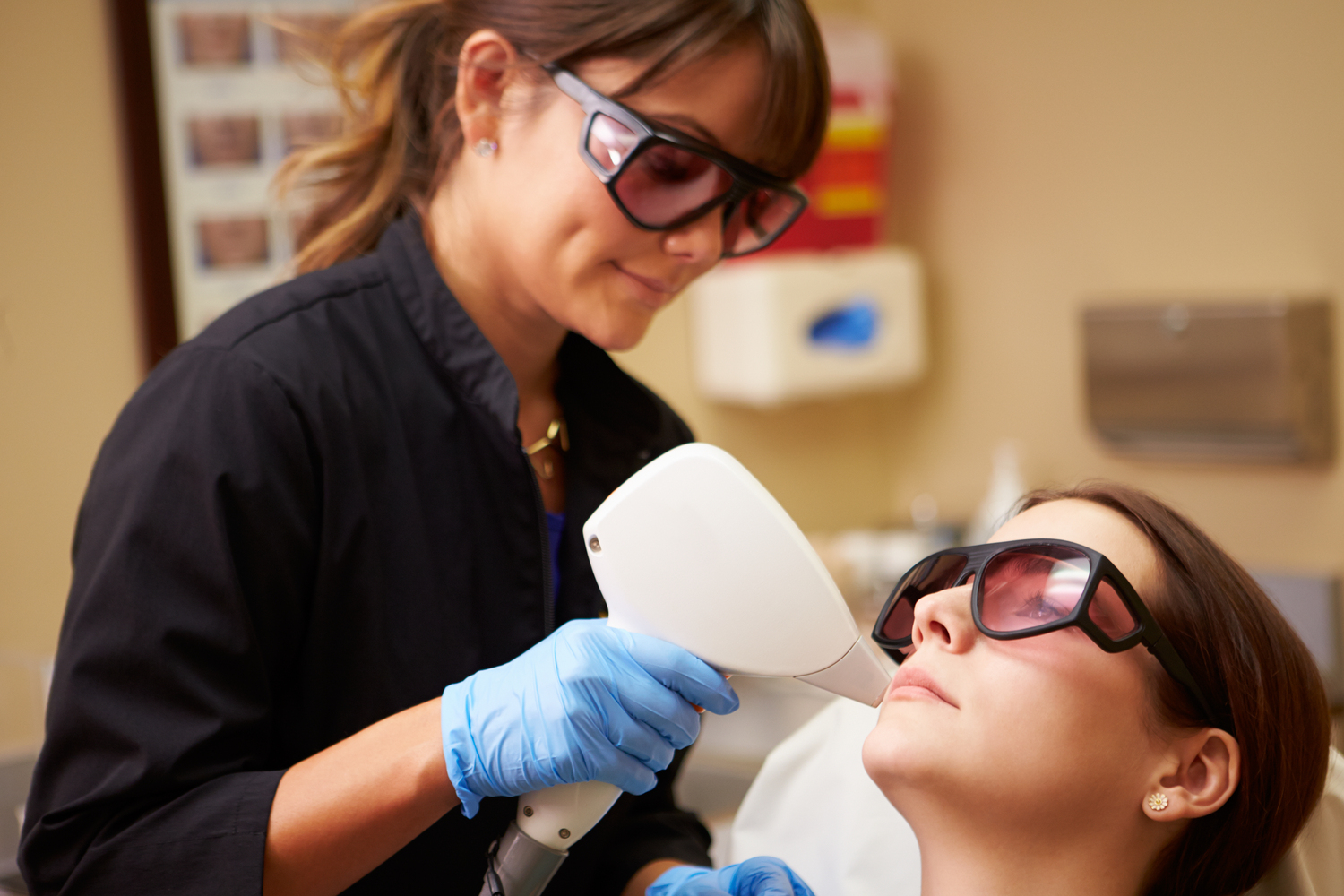
5 Treatments for Vitiligo
Vitiligo is known as a chronic autoimmune disorder that causes the discoloration of skin and mucous membranes. Causes of vitiligo include the body’s immune system attacking the melanocytes (the cells that determine skin pigmentation). Fortunately, there are several effective treatments of vitiligo and they are as follows:
1. Inflammation medications
According to the National Institutes of Health, the FDA has approved a topical Janus kinase (JAK) inhibitor to treat vitiligo. This new JAK inhibitor oral medication has proven effective for reducing the overactive immune system response, which triggers vitiligo flare ups. JAK inhibitors are taken orally to cease the destruction of melanocytes, the color-producing skin and hair cells that vitiligo specifically and mistakenly attacks. Medications that reduce inflammation such as corticosteroid cream, pills, or injections are taken orally or applied to the areas affected by depigmentation in order to try and get the original pigmentation back. This is most effective when used during the earliest stages of vitiligo. This type of treatment is effective but results may not be seen for several months.
2. Immune system medications
An alternate type of medication that can be used is medications such as calcineurin inhibitor ointments that affect the immune system. This is most effective when used by people who have limited depigmentation especially on the face and/or neck. This treatment is thought to be effective due to its ability to inhibit autoimmune responses associated with vitiligo, but also because it promotes melanocyte induction.
3. Depigmentation therapy
This type of treatment aims to depigment the rest of the skin that is unaffected by the vitiligo. Depigmentation therapy is most effective if the vitiligo is widespread on the skin and if other treatments have proven to be ineffective. This therapy lightens the pigmented areas twice a day for nine months or longer to even out the skin tone. It’s important to note that the depigmentation is permanent and that skin could become dry, itchy, or red as a side effect of the lightening process.
4. Light therapy
Light therapy, also called phototherapy, is when narrow band ultraviolet B (UVB) is used to slow or stop the progression of vitiligo. It is most effective in combination with medications for vitiligo, and can also be combined with psoralen, a plant-derived substance that is taken orally or applied to the affected areas when ultraviolet A (UVA) light is used instead. A side effect of light therapy typically includes redness, itching and burning for up to a few hours after the therapy is administered.
5. Surgery
If all other treatment options haven’t worked and the patient is stable then surgery may be an option for those with vitiligo. The aim of surgery with vitiligo is to even out skin color and the most common way to do this is with skin grafting. A skin graft is when the doctor grafts a small portion of unaffected skin onto an affected area and is most effective if you have small patches of vitiligo. Another surgery option is cellular suspension transplant, in which the doctor takes tissue from unaffected skin patches, puts these cells into a solution, and then transplants them onto a prepared affected area. Side effects of both surgeries include scarring and uneven skin tone.
Studies show that patients with vitiligo are up to 20 times more likely to develop lupus than patients with no history of vitiligo. Likewise, lupus patients are at a much higher risk of developing other autoimmune diseases, like vitiligo. If you suffer from vitiligo or lupus, please talk to your doctor about effective treatment options and lifestyle changes to help improve your symptoms and quality of life.




